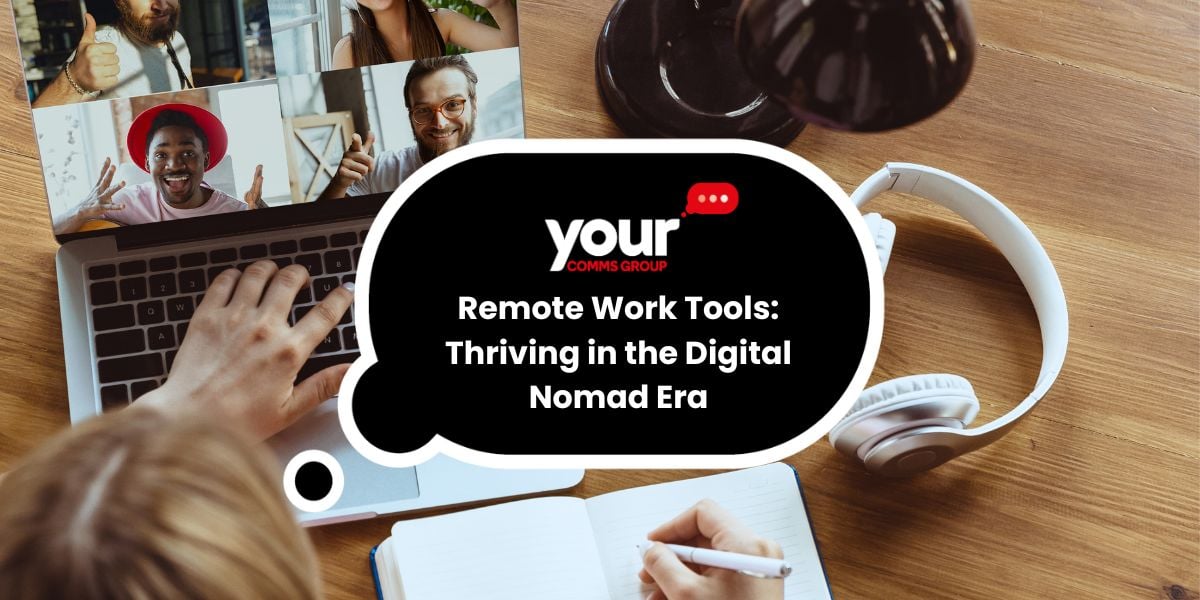Embracing the Digital Age: The Evolution of Workplace Communication
What is the evolution of workplace communication? Communication is the glue that holds everything together in today's fast-paced, digitally-aged...
2 min read
James Etherington : May 4, 2024 3:00:00 PM

The internet has become vital to contemporary society in this interconnected world, providing access to many opportunities and education. However, while most consider the internet a common need, millions worldwide still need access to this modern technology.
The majority of the digital divide is borne by underserved communities, frequently found in isolated rural areas or marginalised urban areas. Their limited access to dependable broadband and mobile solutions must be improved so they can fully engage in the digital economy, access educational resources and connect with essential services. This disconnection hinders the growth and prosperity of entire regions and escalates already-existing socio-economic disparities.
However, bridging this digital divide is not impossible. By working together and developing creative solutions in telecommunications, we can create the conditions for equitable development and social empowerment. Let's examine more in this article!

Numerous factors contribute to the complexity of the digital divide, including:
The most felt impact of this digital divide is the inequality in education, economic and healthcare access, which hinders more opportunities for underserved communities.
Nevertheless, telecommunications solutions aim to close these gaps by developing broadband infrastructure, supplying reasonably priced internet access and providing specialised digital literacy programs to raise educational standards, encourage economic engagement and improve general well-being.
Telecommunications Inclusive Growth as Digital Divide Solutions

Telecommunications, including broadband internet and mobile connectivity, empower underserved communities by providing access to many opportunities, from education to economics.
Mobile solutions, with their compact bodies, provide a cost-effective means of extending internet access to remote and underserved areas. They enable communities to stay connected and access essential services online, such as virtual classrooms, microfinance services, more work opportunities and healthcare initiatives like telemedicine.
As we navigate pivotal shifts in modern technologies, it's essential to equip the community of businesses with reliable communication solutions, including those living in rural areas. Your Comms Group is here to bridge the digital divide with business mobile solutions. Let's foster global connectivity with us now!

Superfast broadband infrastructure must be extended to rural areas to ensure all communities, including the underserved ones, stay connected. By providing reliable and high-speed internet access, superfast broadband empowers underserved communities to participate in the digital economy, access online job opportunities and even establish digital businesses to foster economic growth and reduce socio-economic gaps.
All in all, leveraging broadband infrastructure can help foster inclusive growth for any community. Collaboration between government agencies, private sector companies and non-profit organisations can facilitate the deployment of broadband infrastructure and bridge the digital divide.
Contribute to bridging the digital divide with Your Comms Group's Superfast Broadband and Business Mobile Solutions. Join us in fostering global connectivity.

What is the evolution of workplace communication? Communication is the glue that holds everything together in today's fast-paced, digitally-aged...

In the expanding Internet of Things (IoT) world, SIM cards enable devices to communicate and transmit data over cellular networks. However, not all...

The nature of work has changed dramatically in recent years. Before, we only saw "working" as going to the office, but now, "remote working" has...